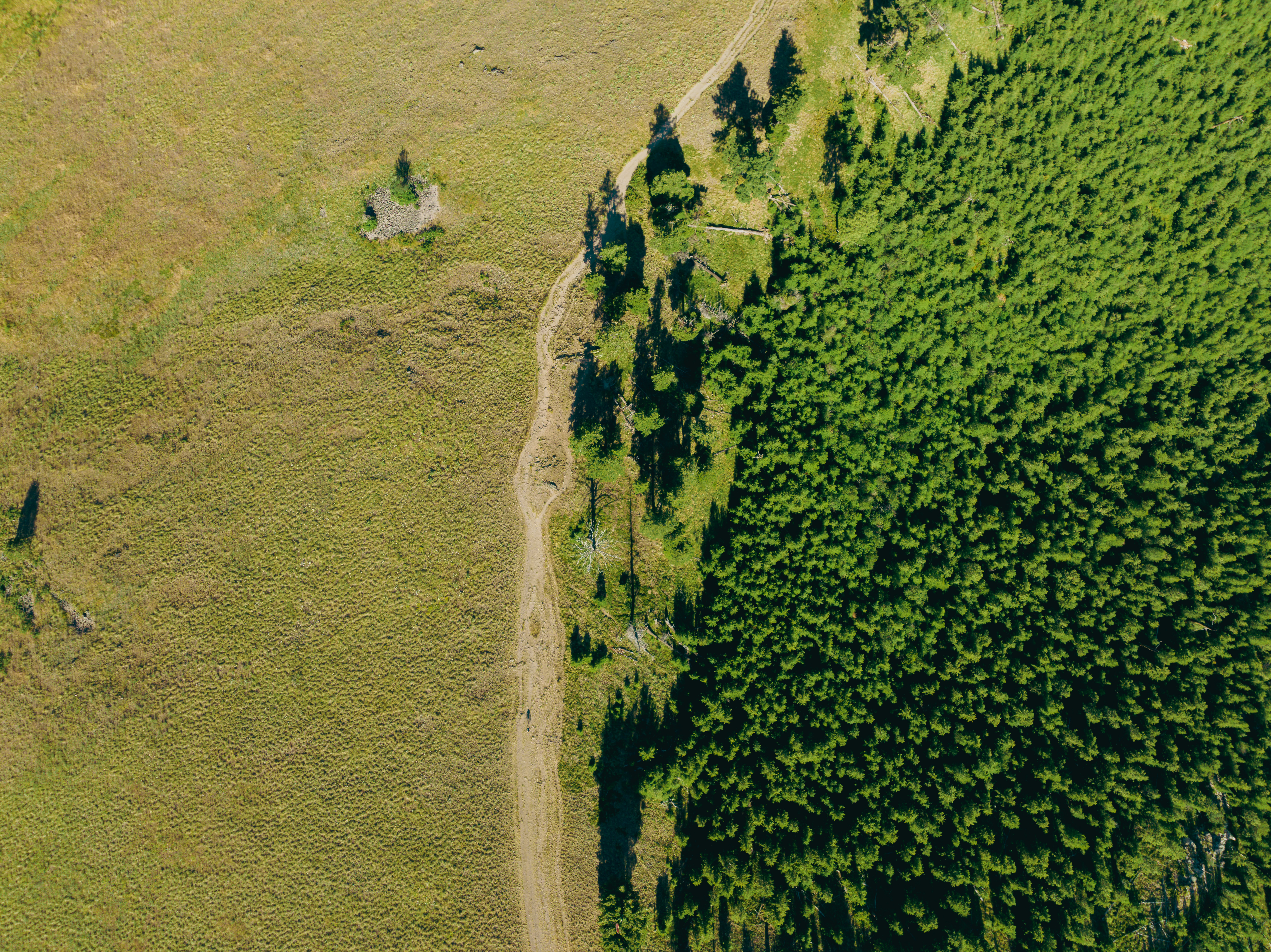-
We stand behind the use of demonstrably high-quality forest carbon credits as a crucial tool in the urgent fight against climate change.
-
Forest carbon is a critical tool undergoing continual evolution and improvement: here are 5 reasons why this will continue in the year ahead.
-
These include a consensus on high integrity supply and demand; a rise of independent rating and monitoring; more science-based target setting.
The severity of the climate emergency requires us to deploy every high-quality tool at our disposal. Any tool to address climate change should be continually improved to apply the best approaches, science and technology available at the time. No one is claiming forest carbon credits are perfect. In fact, most working in this field will be the first to highlight areas for improvement – and welcome increased scrutiny to identify where the system is being gamed. But we stand behind the use of demonstrably high-quality forest carbon credits as a crucial tool in the urgent fight against climate change.
A recent report questioned the credibility of some forest carbon credits, or REDD+ as the more technically minded call them. However, it’s important to look beyond headlines, read the underlying research, consult trusted partners, and test assumptions. There are many experts within the carbon finance community who have raised serious concerns with the methods used in the reports, and indeed the studies cited.
Carbon Credits: Tried and Tested
The vast majority in the REDD+ community have been constantly testing, challenging and improving efforts to develop credible baselines and monitor, report, and verify solutions for avoiding deforestation – methods that have been peer reviewed and have received public scrutiny for over a decade. There may always be uncertainty in methodologies doing something that we all recognize to be inherently uncertain: predicting the trajectory of human behaviour into the future.
But the fact that performance has been evaluated and lessons learned is not cause for alarm, but a sign of a healthy system. Simply put, forest carbon is a critical tool that is undergoing continual evolution and improvement. This is how science works. Indeed, we believe in accelerating finance for Indigenous Peoples and local communities along with landowners and governments for halting deforestation and forest degradation, and increasing forest restoration, through the voluntary carbon market (VCM).
Here are five ways this can happen in the year ahead.
1. Converging Consensus on High Integrity Supply and Demand
Independent governance bodies are working to raise the integrity of supply and demand across the voluntary carbon market. Scheduled for release in Q1 2023, the IC-VCM has been preparing the Core Carbon Principles (CCPs) and Assessment Framework (AF) to act as a quality standard against which all carbon credits – including forest carbon credits – should be measured. Such work should help to build a culture of transparency and trust across the market.
Carbon credit programmes or standards agencies are facing the brunt of the latest criticism. Yet, the leading standards are also evolving and improving their methodologies based on the latest science and technology.
It is imperative that corporates and others on a net-zero journey first take ambitious action within their businesses to reduce their greenhouse gas (GHG) emissions and then use high-quality carbon credits to offset remaining emissions. There is still much work to be done to define best practice, but newer initiatives like the Voluntary Carbon Market Integrity initiative (VCMI) should point the way forward. Its new Claims Code of Practice will help to guide buyers on a high-integrity path to net zero. With the release of new guidance, the standard of corporate climate claiming is only set to improve.
2. A Rise of Independent Rating and Monitoring
With multiple independent rating systems conducting due diligence, more independent analysis on carbon market impacts is available than ever before. And this trend will only continue to improve transparency and accessibility. There are already a number of ratings services to help buyers identify high-quality carbon credits. Using tools like this to carry out due diligence can help companies identify projects and programs that deliver high-quality carbon credits.
Furthermore, technological advancements are also helping to shore up the integrity of carbon credits. This is particularly true for nature-based solutions, for which nature-tech, such as drone-based mapping or satellite imagery, can provide innovative monitoring, reporting and verification solutions. This, along with the opportunities for traceability offered by blockchain, should not be underestimated.
3. Science-Based Target Setting is Increasing
According to the Science-based Targets Initiative (SBTi), the rate with which businesses institutions are setting science-based climate targets is accelerating. This is good news. Setting and implementing science-based targets for their emission reductions is the most urgent thing companies must do.
But SBTi (along with the UN HLEG on net zero) also strongly encourages beyond value chain mitigation to counterbalance annual unabated emissions, including through the purchase of forest carbon credits. SBTi is preparing further guidance on this topic this year. Companies that are committed to science-based internal emission reductions and that are also willing to support forest protection are not the problem. Let’s be clear about that.
4. A Move to Jurisdictional and Nested Approaches
Another reason for optimism is the move towards jurisdictional and nested approaches to REDD+. Jurisdictional REDD (called JREDD for short) refers to a comprehensive approach to forest and land use across one or more legally defined territories. Setting baselines at a jurisdictional level, as opposed to a project level, reduces the risk of over-crediting; and it can also help address issues like permanence, additionality and leakage. Verra will soon change its avoided deforestation methodologies so that all projects will in effect use a jurisdictionally aligned baseline in the future.
Last year, eight leading environmental NGOs developed the Tropical Forest Credit Integrity Guide for companies interested in purchasing carbon credits in the voluntary carbon market to differentiate between forest carbon credits. It outlines how they can support the transition to JREDD, while still supporting projects that “nest” within jurisdictional programmes, and the next round of its guidance is expected soon.
5. Benefits Beyond Carbon
First things first: a carbon crediting programme, by definition, must get the carbon accounting right. However, it doesn’t end there. Aside from carbon benefits, high-integrity, well-designed programmes bring numerous benefits to both biodiversity as well as to the people already living within, or close to, a programme area. When a high-quality carbon project is established, high-integrity developers consult with local stakeholders to determine how carbon finance can best benefit them and work closely with Indigenous peoples and local communities throughout the whole lifespan of a carbon program. The finance generated through credit sales is used to help communities develop new sustainable ways to make a living that are not dependent on deforestation and to support community priorities like education and healthcare.
There you have it; five reasons to support and invest in forest carbon credits in the voluntary carbon market in 2023 and beyond. The simple fact is that climate catastrophe cannot be averted without natural climate solutions, and carbon markets are an essential source of finance. While it is always important (and necessary) to critique ideas and approaches, we need more implementation of robust climate solutions, not less. Let’s not allow ‘perfect’ to become the enemy of the ‘good’ when we need it most.
The article was first published here.
Photo by Yohan Marion on Unsplash.

 5.0
5.0 

















